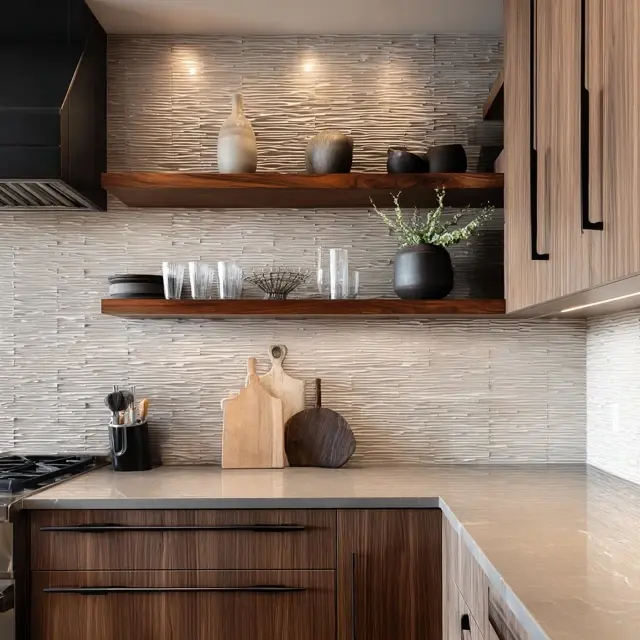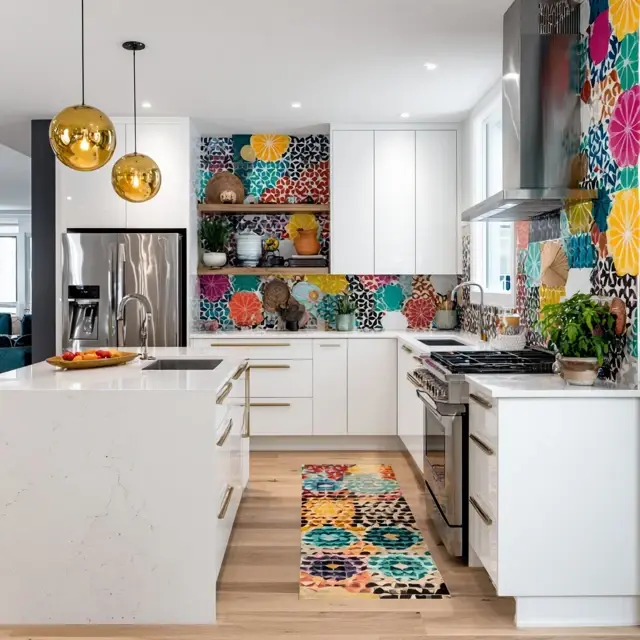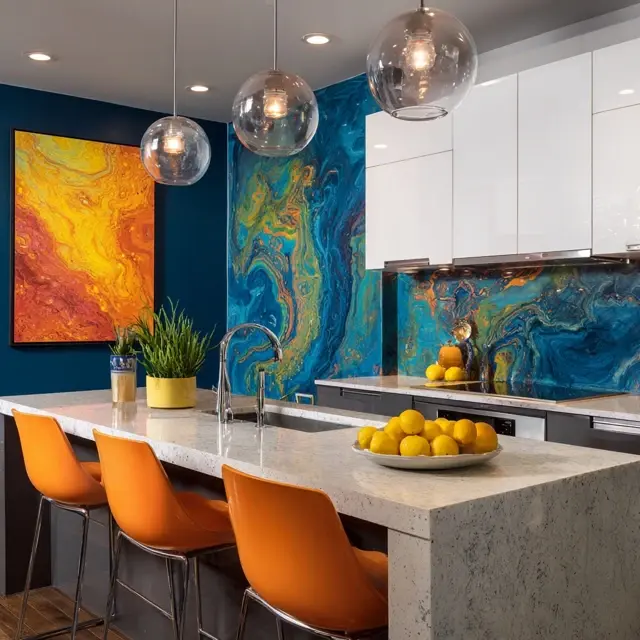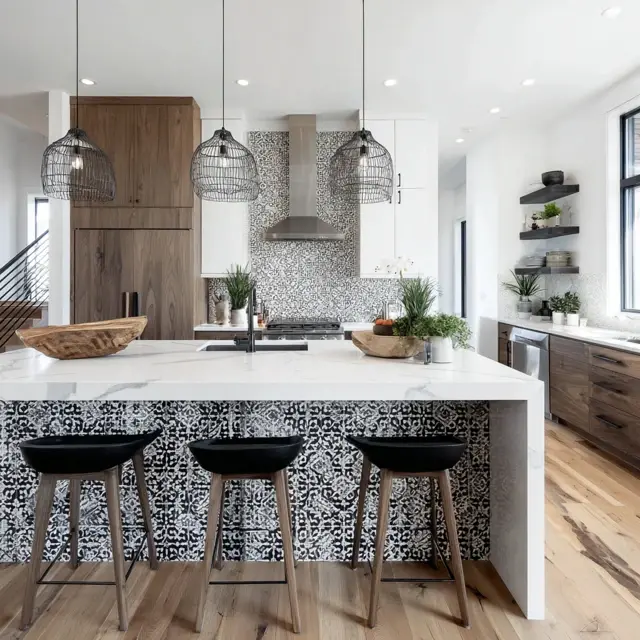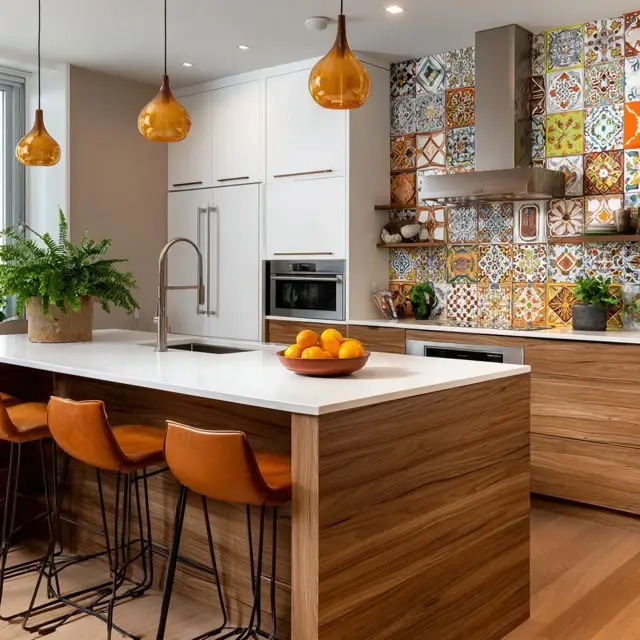Layered Texture Backsplash Ideas for Homes
In modern kitchen design, texture is a key element for adding depth and interest to your space. A layered texture backsplash not only enhances the aesthetic but also creates a dynamic visual appeal. By combining different materials, finishes, and patterns, a textured backsplash can transform a simple kitchen into an extraordinary space that feels both inviting and unique.
Why Choose a Layered Texture Backsplash?
A layered texture backsplash uses a combination of surfaces to introduce visual depth. This design technique creates a sense of movement while maintaining a harmonious look. It’s ideal for kitchens that want to evoke sophistication and warmth without relying on bold colors or patterns.
- Creates depth and interest in an otherwise flat space
- Enhances the tactile experience with varied materials
- Brings sophistication to both modern and rustic kitchens
Combining Matte and Glossy Finishes
Pairing matte and glossy finishes in a layered backsplash design is a great way to add depth. Matte tiles, such as slate or cement, can be contrasted with shiny glass, ceramic, or glazed tiles to create a visually striking effect that is both modern and timeless.
Design Tips
- Use glossy finishes to highlight specific areas like the cooking zone.
- Consider large-format matte tiles for a sleek, uninterrupted surface.
- Use grout color to accentuate or soften the contrast between finishes.
Textured Stone and Tile Combinations
Stone and tile are natural materials that pair beautifully in layered backsplash designs. Consider combining textured stone tiles with smooth ceramic or porcelain tiles for a striking contrast of organic and manufactured elements.
Internal link suggestion: Learn more about stone backsplash ideas to elevate your kitchen’s texture.
Subtle 3D Tile Designs
3D tiles bring movement to a layered backsplash, creating a sense of depth without being too overwhelming. Subtle patterns like waves or geometric shapes in varying heights add visual intrigue without distracting from the overall design.
Wood and Ceramic Pairings
For an earthy and rustic feel, pair wood elements with ceramic tiles. Wood’s natural texture contrasts beautifully with the smoothness of ceramic or porcelain tiles, creating an elegant yet cozy ambiance. This combination works well in both modern and farmhouse kitchens.
Vertical and Horizontal Layers
Incorporating both vertical and horizontal lines in your backsplash design adds dimension and movement. For instance, combining vertical textured tiles with horizontal glossy tiles creates a dynamic layout that guides the eye and enhances the kitchen’s space.
Glass and Mirror Finishes for Light Reflection
Incorporating glass or mirror finishes in a layered backsplash design allows for light reflection, creating a sense of openness. Mirrored or frosted glass tiles reflect the kitchen’s natural light, making the space appear larger while adding a touch of modern elegance.
Lighting to Highlight Texture
Proper lighting can amplify the depth and texture of a layered backsplash. Consider adding under-cabinet lighting or using pendant lights to highlight the different surfaces and materials, allowing the textured backsplash to become a focal point in the kitchen.
- Use soft lighting to create a warm and inviting ambiance.
- Install LED lights to highlight intricate textures.
- Consider track lighting for adjustable illumination over the backsplash.
Final Thoughts
Layered texture backsplashes are a great way to add depth, warmth, and interest to your kitchen. By combining different materials, finishes, and patterns, you can create a space that feels dynamic and inviting while maintaining a sense of sophistication. Whether you prefer a mix of matte and glossy tiles, stone and ceramic, or wood and tile, the possibilities are endless to create a unique, personalized kitchen design.
